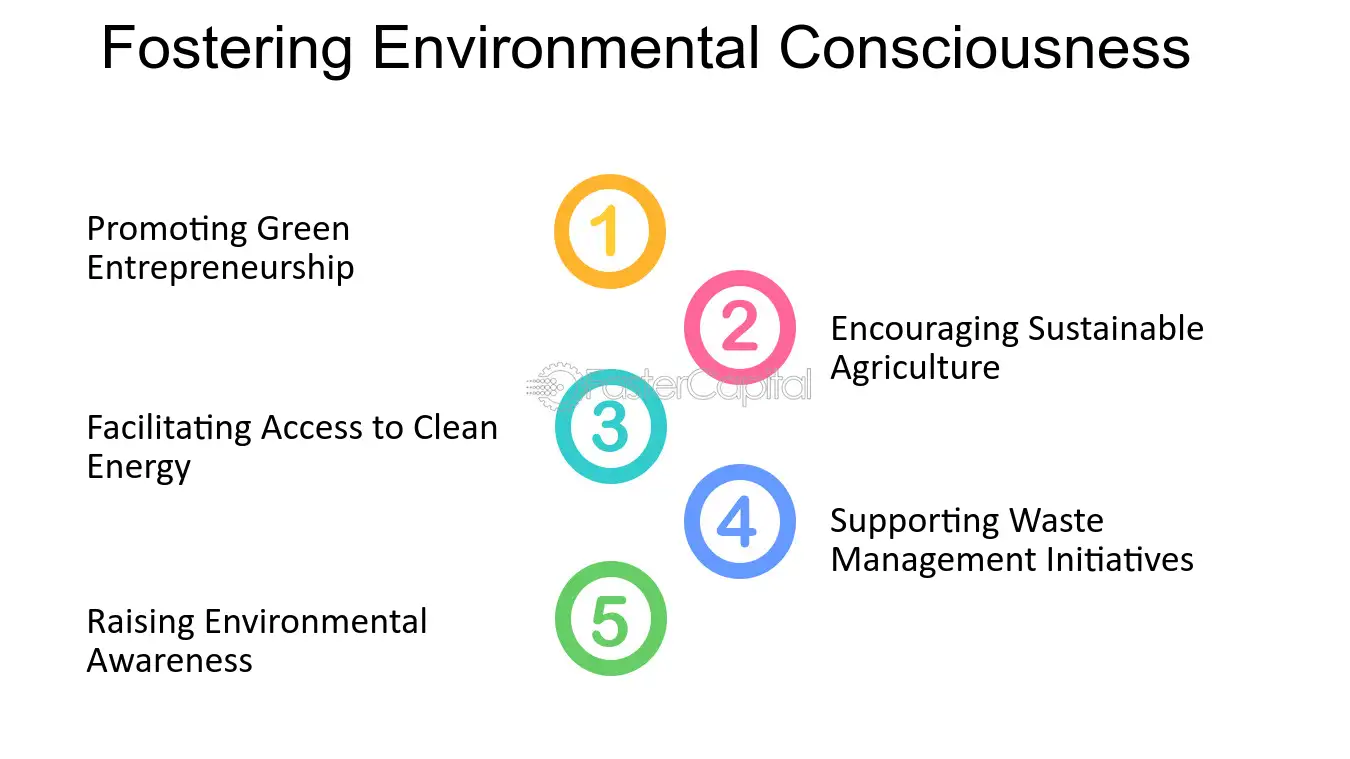In today’s fast-paced digital world, businesses need to innovate quickly to stay ahead of the competition. Financial operations (FinOps) have evolved significantly to support these demands, with the concept of “shifting left” becoming increasingly popular. Shifting left, a term derived from software development, refers to moving certain responsibilities, such as cost management and financial decision-making, earlier in the process. This approach enables teams to identify issues and optimize processes before they escalate. In the context of FinOps, shifting left can lead to accelerated innovation by fostering more efficient resource use, quicker decision-making, and enhanced collaboration across departments. In this sixth part of our series on FinOps, we’ll explore how shifting left within FinOps can be a catalyst for driving innovation and enhancing financial agility.
What Does Shifting Left Mean in FinOps?
Shifting left in FinOps involves integrating financial considerations into earlier stages of the decision-making process. Traditionally, financial management was a reactive process, often occurring after significant decisions had been made. In contrast, shifting left incorporates financial analysis and cost optimization from the outset, ensuring that financial performance is a key factor in driving business strategy. This approach allows teams to make more informed decisions that balance cost efficiency with innovation.
The Importance of FinOps in Modern Business
FinOps has become a critical function in businesses that rely on cloud-based infrastructure and services. With the rise of cloud computing, organizations must manage variable costs that fluctuate depending on usage. Without proper financial governance, these costs can spiral out of control. FinOps helps businesses optimize their cloud spend, providing insights into usage patterns and helping teams understand the financial implications of their technical decisions. By shifting left, organizations can further integrate these practices into the development lifecycle, ensuring financial considerations are part of every step.
How Shifting Left Enhances Innovation
Innovation often requires rapid experimentation and iteration, which can be costly if not properly managed. By shifting left, teams can ensure that financial constraints are considered from the beginning, allowing them to innovate more freely without the risk of overspending. This proactive approach can prevent financial bottlenecks and enable continuous innovation. When financial decision-making is integrated early in the process, teams can identify opportunities for cost-saving and resource optimization, ultimately fostering a more innovative environment.
Collaboration Between Finance and Engineering Teams
One of the key benefits of shifting left in FinOps is that it promotes greater collaboration between finance and engineering teams. Historically, these departments operated in silos, with limited interaction. By bringing financial considerations into the early stages of development, both teams can work together to optimize costs while driving innovation. This collaboration ensures that engineers understand the financial impact of their decisions and can adjust their approach to align with business goals.
Improved Cost Transparency and Accountability
Shifting left also brings greater cost transparency and accountability to teams. When financial metrics are integrated into the development process, everyone involved can see how their actions impact the company’s bottom line. This level of visibility encourages teams to take ownership of their costs and make more financially responsible decisions. As a result, innovation becomes more sustainable, with teams finding ways to balance experimentation with cost efficiency.
The Role of Automation in Shifting Left
Automation plays a crucial role in enabling a shift-left approach in FinOps. By automating financial processes and integrating them with development tools, teams can access real-time data on their financial performance. This enables quicker decision-making and allows teams to make adjustments on the fly. Automation also reduces the administrative burden on finance teams, freeing them up to focus on more strategic tasks that drive innovation.
Case Study: A Tech Company’s Shift-Left Journey
To illustrate the impact of shifting left in FinOps, let’s look at a tech company that adopted this approach. This company faced challenges with managing its cloud costs as it scaled rapidly. By shifting left, they integrated financial considerations into their development pipeline, using real-time cost data to inform decision-making. As a result, they were able to optimize their cloud usage, reduce waste, and accelerate innovation. Their teams collaborated more effectively, balancing cost efficiency with product development goals.
Overcoming Common Challenges in Shifting Left
While shifting left in FinOps offers many benefits, it’s not without its challenges. One common obstacle is resistance to change, particularly from teams that are used to operating in silos. Additionally, integrating financial metrics into development processes can be complex, requiring the right tools and infrastructure. To overcome these challenges, organizations need to foster a culture of collaboration and ensure that both finance and engineering teams are aligned in their goals.
The Role of Leadership in Driving a Shift-Left Culture
Leadership plays a crucial role in driving the adoption of a shift-left approach in FinOps. Leaders must champion the importance of financial transparency and encourage teams to collaborate across departments. They also need to invest in the right tools and infrastructure to support this shift. By prioritizing financial accountability and cost optimization from the top down, leaders can create an environment that fosters innovation and financial agility.
Tools and Technologies for Shifting Left in FinOps
There are several tools and technologies that can help organizations shift left in FinOps. Cloud cost management platforms, for example, provide real-time visibility into cloud usage and costs, enabling teams to make informed decisions. Additionally, integrating financial data into DevOps pipelines allows for continuous cost monitoring and optimization. These tools can streamline financial processes, making it easier for teams to incorporate cost considerations into their workflows.
Measuring the Success of a Shift-Left Approach
To measure the success of a shift-left approach in FinOps, organizations should track key metrics such as cost savings, time to market, and innovation velocity. By analyzing these metrics, companies can assess the impact of shifting left on their financial performance and innovation outcomes. Continuous monitoring and iteration are essential to ensuring that the shift-left approach remains effective over time.
Future Trends in FinOps and Shifting Left
Looking ahead, the shift-left approach in FinOps is expected to become even more prevalent as businesses continue to embrace cloud computing and agile development practices. As automation and AI technologies advance, they will further streamline financial processes, making it easier for teams to integrate cost considerations into their workflows. The future of FinOps will be defined by greater collaboration, transparency, and innovation.
Conclusion
Shifting left in FinOps represents a powerful strategy for accelerating innovation while maintaining financial responsibility. By integrating financial considerations early in the decision-making process, organizations can optimize costs, enhance collaboration, and drive sustainable innovation. As businesses continue to navigate the complexities of cloud computing and digital transformation, adopting a shift-left approach in FinOps will be key to staying competitive and agile in the years ahead.









Leave a Reply